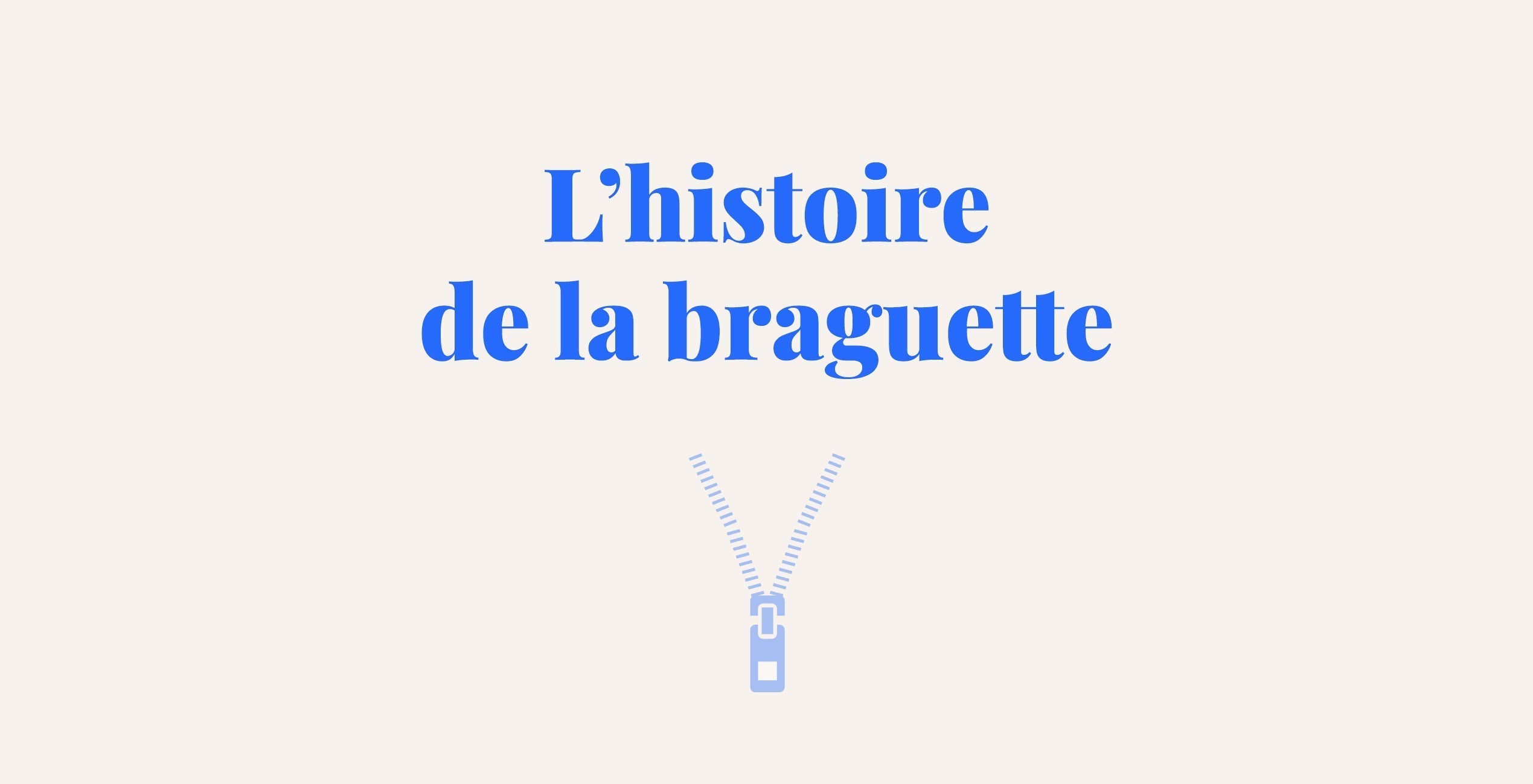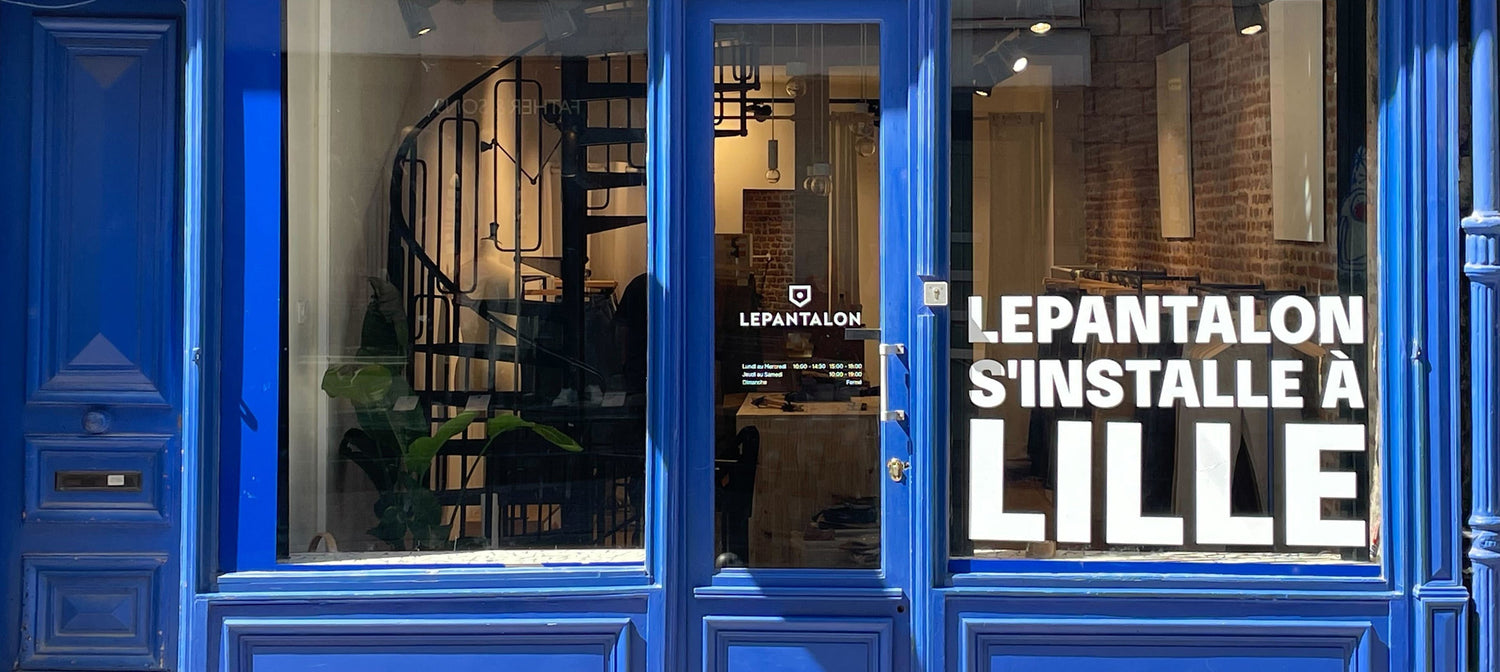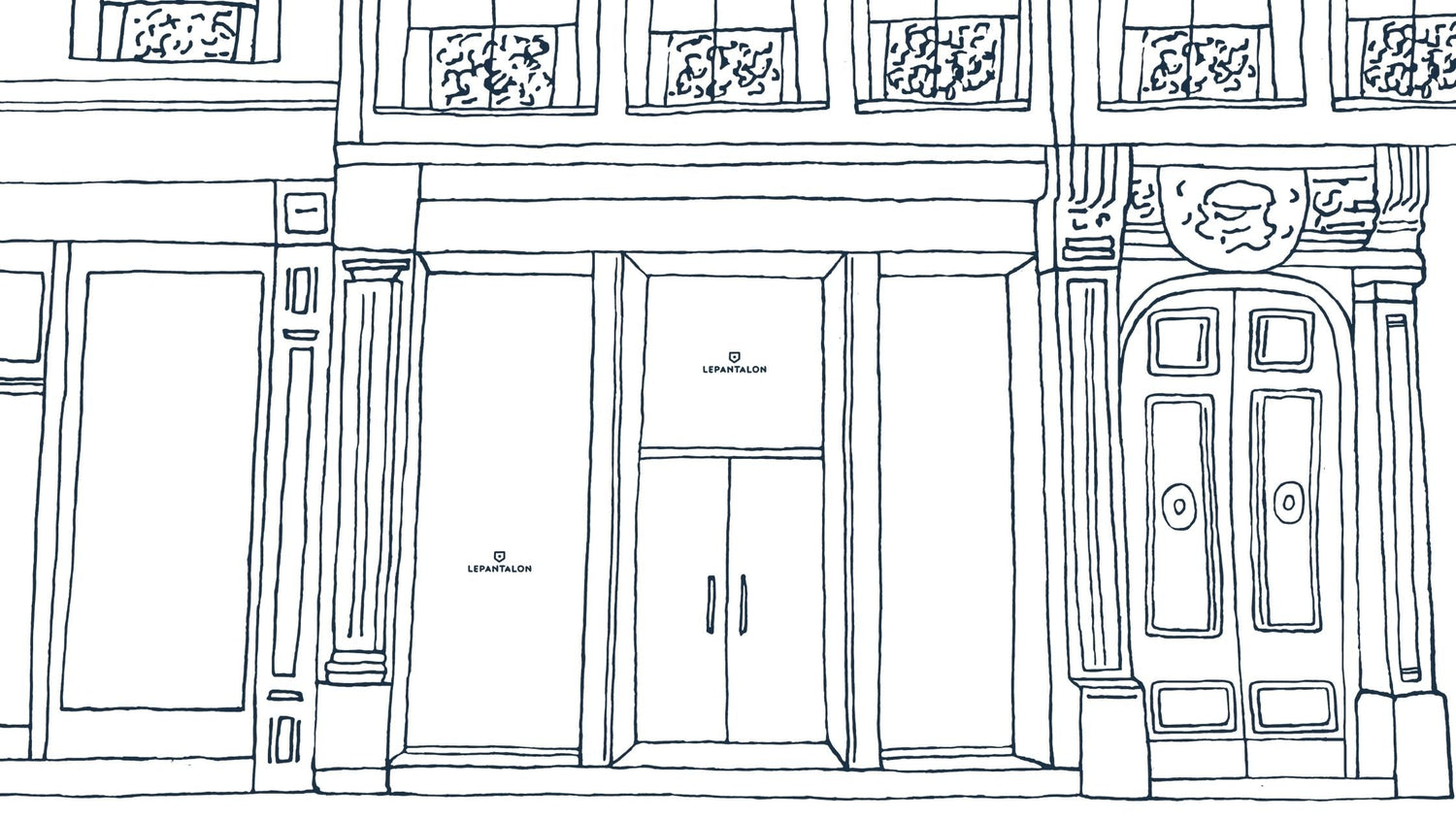How can we talk about pants without talking about cozies ? This will probably surprise many, but the cozie also has an interesting history.
This article will help you understand where this little detail comes from, which is an integral part of our daily lives, both for us men and for women.
On the other hand, we won't get into the "zip or button" debate, we promise!
In the Middle Ages...

Let's go back to the time when the fly didn't exist and men wore dresses or tunics like women.
After the period of robes, the tunic was exchanged for the doublet and fairly tight-fitting stockings called “breeches”. The doublet, originally, was a sort of long jacket, which gradually became shorter to reveal the genitals molded into the breeches. This new trend obviously did not please everyone. Far from being unanimous, some detractors were even very virulent. We can quote the chronicler Mathieu de Coucy in 1497 “ men dressed more briefly than they had ever done. So much so that one can see the shape of their asses and their genitals ”.
In an effort to seduce and virility, men were then inspired by the codpiece worn by soldiers under their armor: the codpiece. Among the military of the time, the "codpiece" was the protruding part of the breastplate, located below the belt. This served as iron protection under the fighters' armor. A new fashion was launched, the codpiece became a small padded pocket to praise the man's virility. Over time, this pocket would become more and more important, and become more impressive and suggestive. Some even adorned it with diamonds, jewels, and ribbons (to remain discreet)!
More than a symbol of virility, this pocket is a storage device. The ancestor of the fanny pack, in a way. Indeed, it's not unusual to find letters, handkerchiefs, coins, and sometimes even fruit you want to ripen in it. It's the "golden age of the codpiece."
A few years later…

Over time, the codpiece began to lose its splendor and gave way to a breeches bridge in the 18th century. These are trousers whose breeches are made up of a large flap at the crotch and button at the waist.
In the 19th century, the underlying trend was toward greater modesty. Buttoned, the fly was now hidden beneath a more discreet and flatter placket. Men should hide suspicious and overly visible bulges as much as possible.
With this desire for discretion, the fly disappears completely and is replaced by a gusset along the thigh. The man is required to insert the object of the offense into it. This is where the tailors' question "do you wear on the left or the right?" comes from.
The codpiece reappeared in the 19th century. It was much more discreet than in the Middle Ages. Indeed, during the Second World War it made its big comeback on soldiers' uniforms. Following the departure of men to war, women replaced them in factories and began to wear work trousers, thus the codpiece appeared on women's trousers. To distinguish themselves from men, the codpiece was mounted in the opposite direction for women. Women's trousers opened not on the right but on the left.
And finally…

It wasn't until 1960 that the zipper replaced the buttons on the fly. Indeed, they had an unfortunate tendency to come unstitched. But don't worry, the nobility of the button is gradually taking over from the zipper. Some purists aren't ready to abandon the traditional button fly. The zipper is certainly faster to close and allows for a better fit for certain pants, but historically, pants are worn with buttons.
We are not going to enter into the debate between these two ideas, just as we are not going to take a position in the debate: hems or cuffs , or even in the eternal debate between Southerners and Northerners on a certain pastry, you know what I am talking about...
In short, that's the story of the codpiece. We hope you enjoyed it and that "you'll sleep better tonight"!
Now you know where you're going!
Please feel free to comment on this article to give us your opinion or ideas for articles you would like to have.


